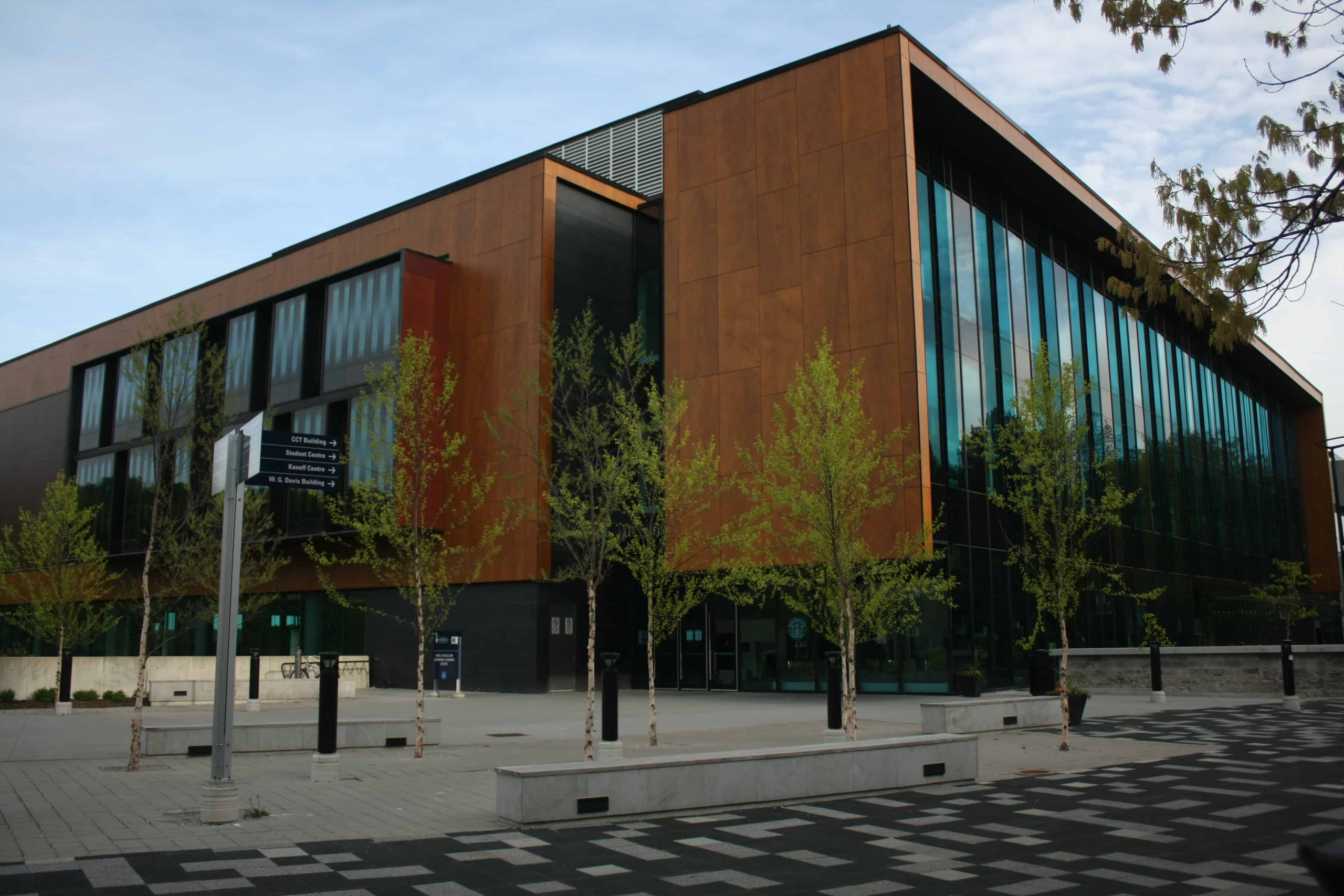A report commissioned by UTM in April, has found that the campus contributes more than $1.3 billion to the Peel Region’s economy. The $75,000 report was conducted by professional service firm KPMG LLP. It found that the campus contributes over $300 million in spending and an additional $1 billion in income earned by UTM alumni living in the GTA. UTM also contributed to the creation of 2,930 full-time jobs in Ontario.
The capital spending is projected to grow for at least the next five years, with a $75 million renovation of UTM’s North Building underway, and a $70 million innovation complex recently announced. Since it was established in 1967, UTM has expanded rapidly from one to 26 buildings, housing approximately 12,800 students and 800 faculty and staff.
The research was conducted through a quantitative analysis of operating and capital expenditures. According to UTM’s principal Deep Saini, the report clearly shows UTM’s economic importance for Mississauga and the province of Ontario.
The study is part of U of T’s $2 billion dollar Boundless fundraising campaign. Saini explained that it has long been known that UTM contributes significantly to Mississauga and Peel Regions’ economies, but the university did not have exact economic figures. He hopes that clarity around exact output will encourage donations.
UTM’s impact primarily stems from the campus’ investment in its faculty and students, which Saini says “[drives] innovation, advancing productivity and helping to build a knowledge-based economy.” He further states that the City of Mississauga’s key economic sectors of automotive and aerospace clusters, financial services, and information and communication technologies have all benefited from UTM’s activities and spending. According to the report, the campus generated about $9.1 million in research revenues, students have dedicated about 45,000 hours of volunteer service (valued at $1.1 million), and nearly 2,000 people, including immigrants and newcomers, enroll in the School of Continuing Studies to upgrade skills and accreditations. The report was released at a time of fiscal constraint, as Ontario looks for places to reduce spending and universities seek to dramatically increase donations. U of T launched the Boundless campaign in the spring of 2012. It is the largest fundraising attempt by a post-secondary institution in Canada.
As of the release of the report, the Boundless campaign had already secured $966 million in donations, just under half of the $2 billion goal.
U of T launched the Boundless campaign because, despite recent investment in higher education in Ontario, the revenue generated from the full-time student population is 41 per cent lower than similar publically funded institutions across North America. This comparison is based on top-tier American universities with whom U of T competes in global rankings. Ontario university students still pay the highest tuition fees in Canada.
The administration argues the money is necessary if U of T is to remain competitive among its peers and remain ranked among the top 30 universities worldwide. Few details have been released about how the proposed fundraising money will be used. Naylor identifies the two pillars of the campaign as “supporting student awards and building learning environments that nurture creativity,” and “investing in research and innovation, as well as teaching.”


